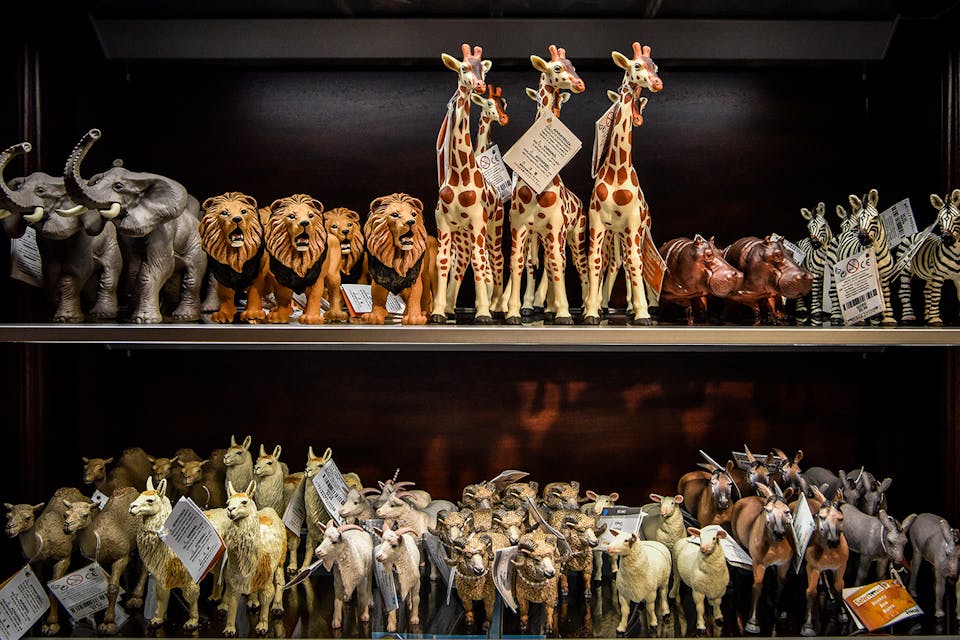
January 22, 2018
A Museum for the Bible in a Religiously Diverse Land
There is no neutral or "universal" way to read—or exhibit—the Bible. What, then, can an American museum of the Bible strive to accomplish?
It was inevitable that a Museum of the Bible (MOTB) located only steps away from the Capitol would come under intense attack, much of it even while its building was still under construction. For the presence of such an institution in our capital city draws attention to the delicate and never quite settled interplay between, on the one hand, the constitutional order and, on the other hand, religious institutions in the country that the British Roman Catholic writer G.K. Chesterton defined as “a nation with the soul of a church.”
To Diana Muir Appelbaum’s wise observations about the attacks and about MOTB itself (which I have not visited), I would like here to add some remarks about that interplay, and about the challenge of doing justice to the different ways the Bible is understood in a religiously pluralistic society.
That the Constitution mandates some separation of religion and state is well known. Federal and state officials, it reads, “shall be bound by oath or affirmation to support this Constitution; but no religious test shall ever be required as a qualification to any office or public trust under the United States” (Article 6). The First Amendment goes farther, famously decreeing that “Congress shall make no law respecting an establishment of religion, or prohibiting the free exercise thereof.”
Responses to January ’s Essay
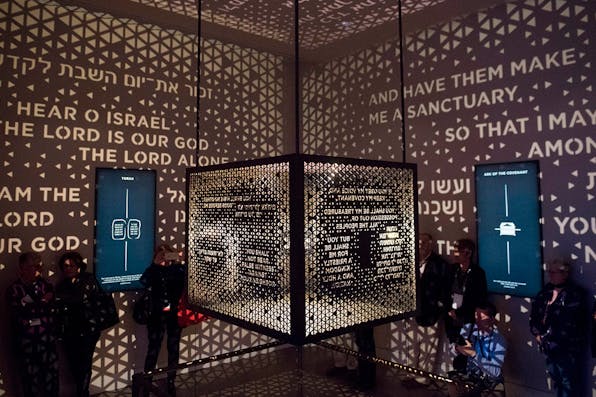
January 2018
Biblical Illiteracy = Cultural Illiteracy
By Edward Rothstein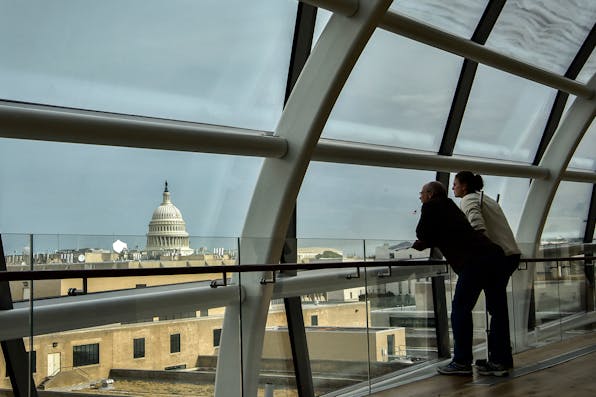
January 2018
The Bible Has Long Deserved a Museum. Now it Finally Has One.
By Peter Wehner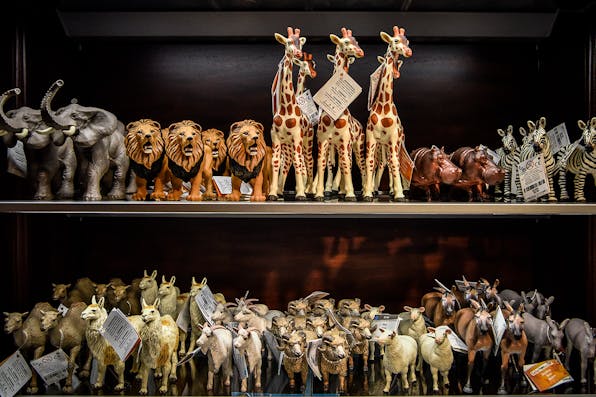
January 2018
A Museum for the Bible in a Religiously Diverse Land
By Jon D. Levenson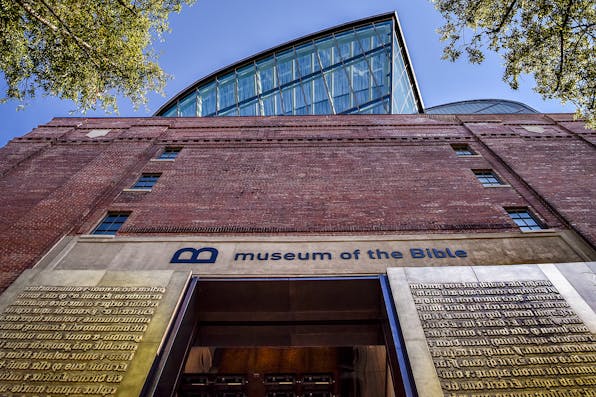
January 2018
The Impact of the Bible
By Diana Muir Appelbaum